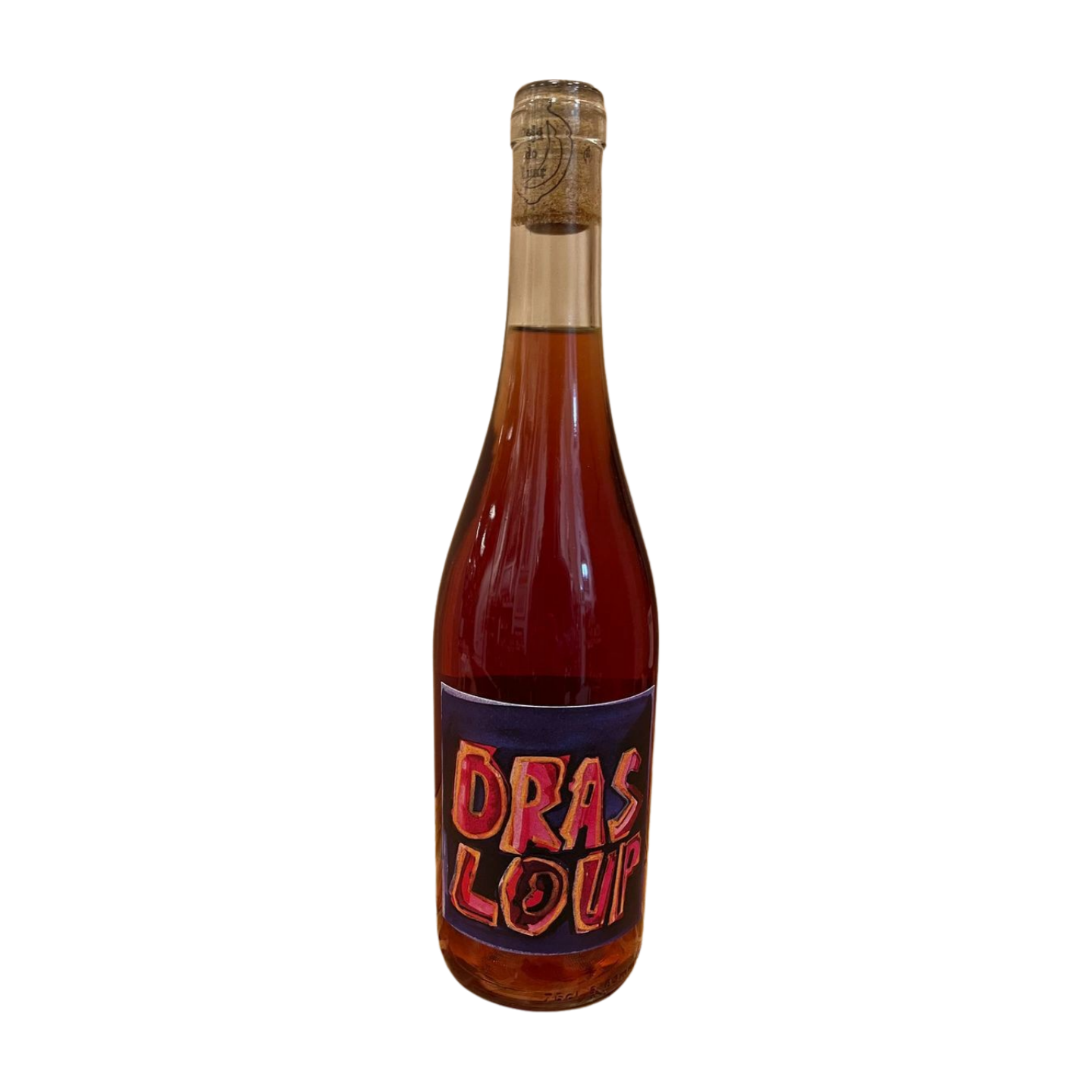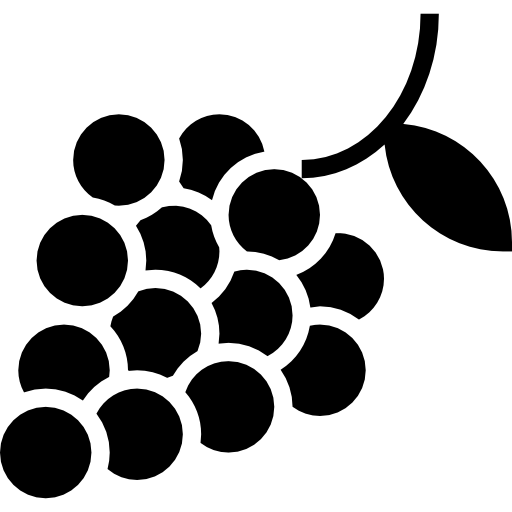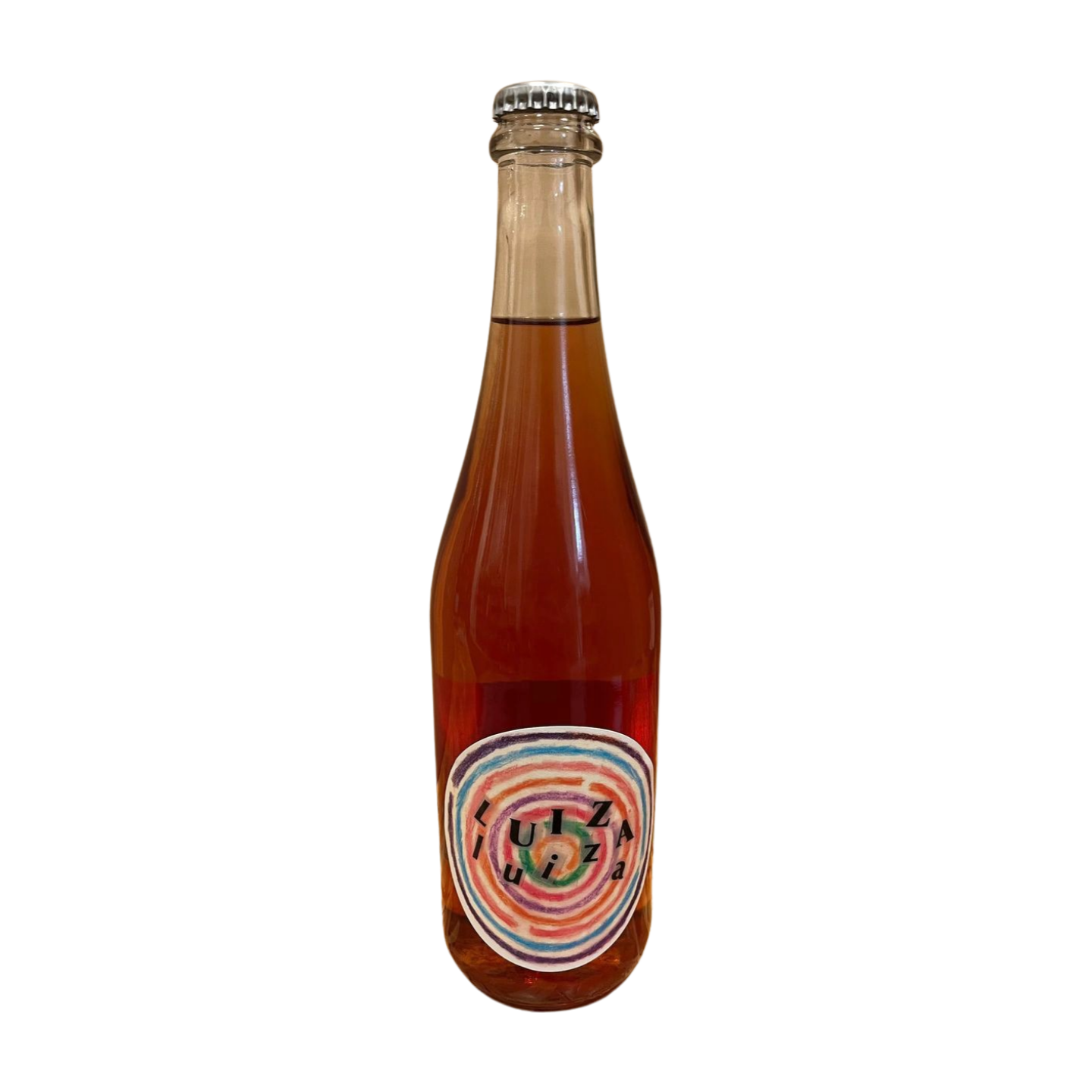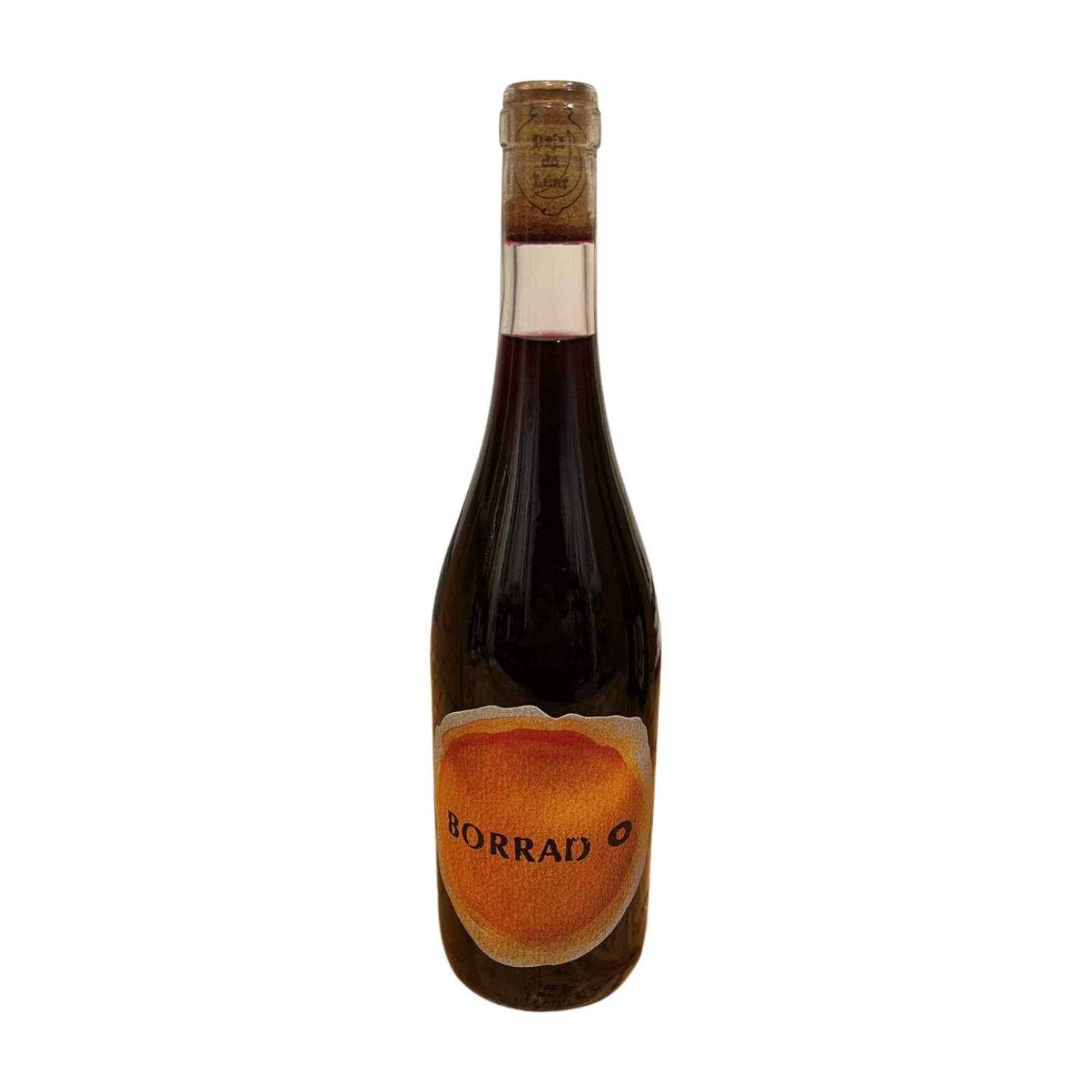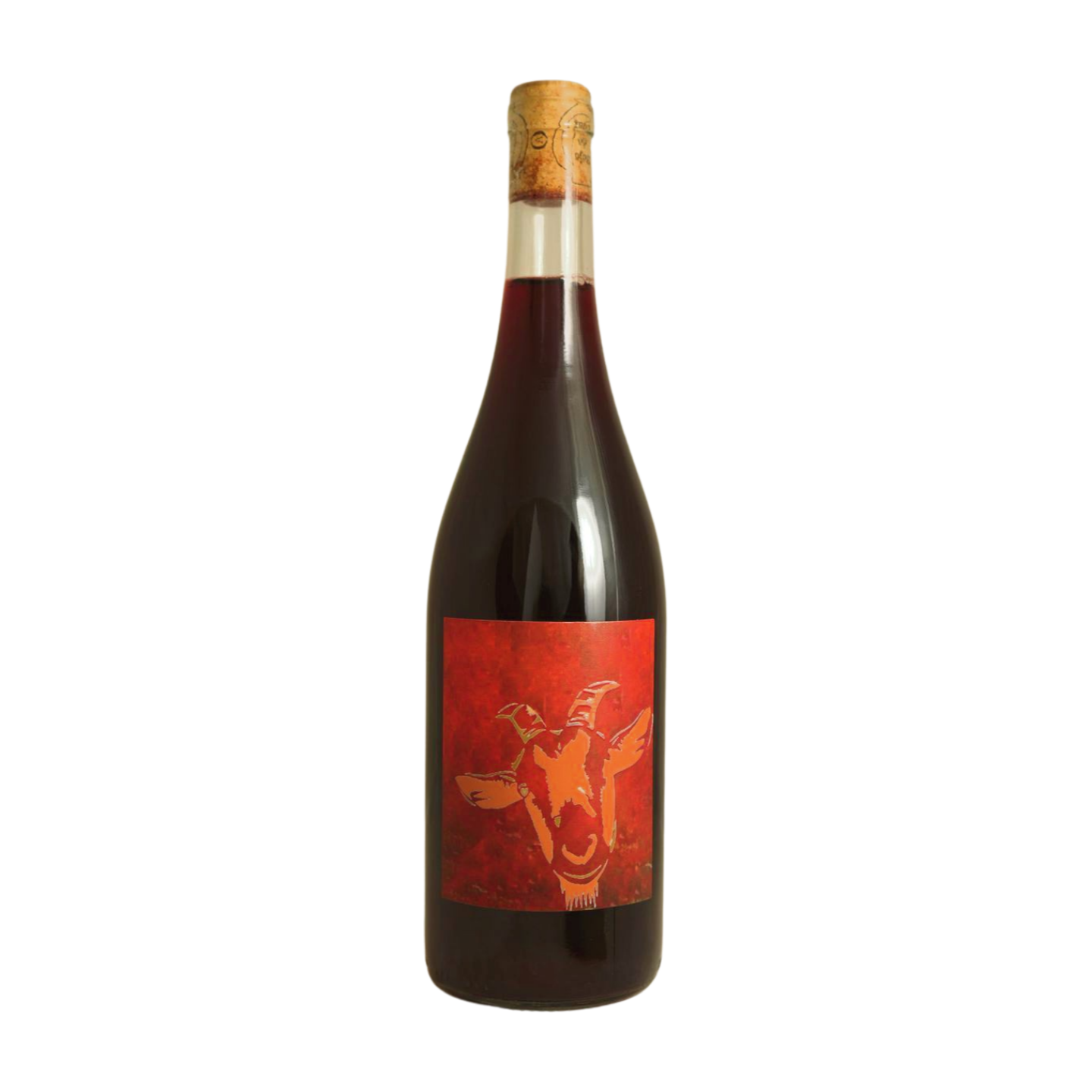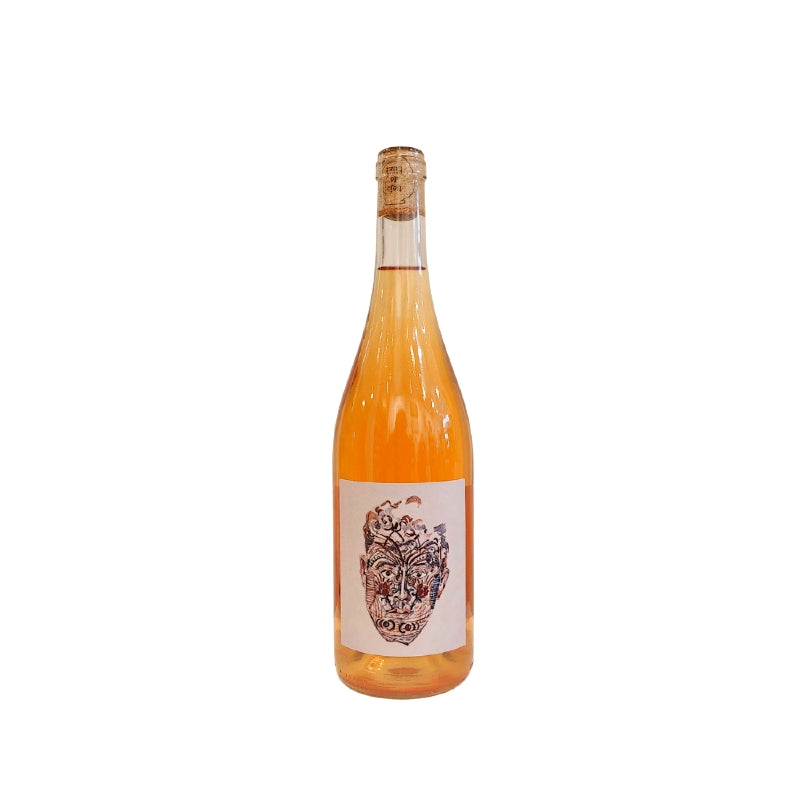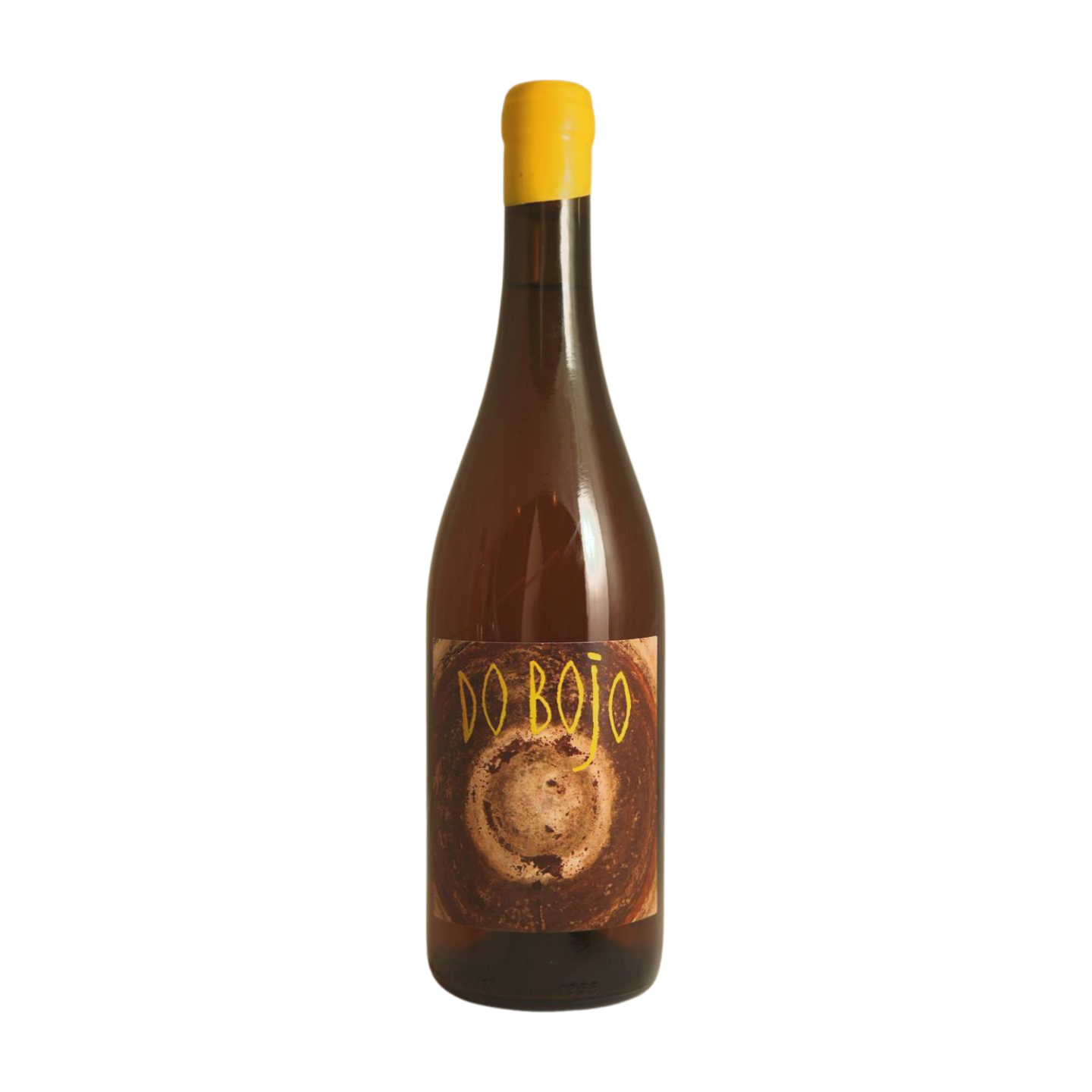A unique, deeply-colored expression from the Vinho Verde region, crafted predominantly from the indigenous red grape Alvarelhão.
The production begins with organically farmed Alvarelhão grapes, which are destemmed and then transferred to a stainless steel lagar for a brief period of skin-maceration, typically around five days, to extract a vibrant hue and structure. Following the producer’s signature low-intervention approach, ground chestnut flower is incorporated into the must immediately after destemming to act as a natural stabilizer, eliminating the need for extensive sulfur use. After an initial period of spontaneous fermentation, the wine is pressed and transferred to terracotta talhas (amphoras) to complete alcoholic and malolactic fermentation over roughly ten weeks, lending texture and complexity. The wine then ages in stainless steel tanks before being bottled unfiltered, often with a minimal sulfur addition. This process results in a rosé that is decidedly savory and structured.
On the nose, it offers delicate aromas of tangy raspberry, bright cherry, and cranberry, undergirded by a distinctive herbaceous or savory spice note, often likened to Earl Grey tea. The palate is defined by its high, mouthwatering acidity and a zesty, pure, and slightly rustic finish. It presents itself as a "light red" suitable for chilling, with surprising elegance and an engaging tension between red fruit and earthy complexity.
